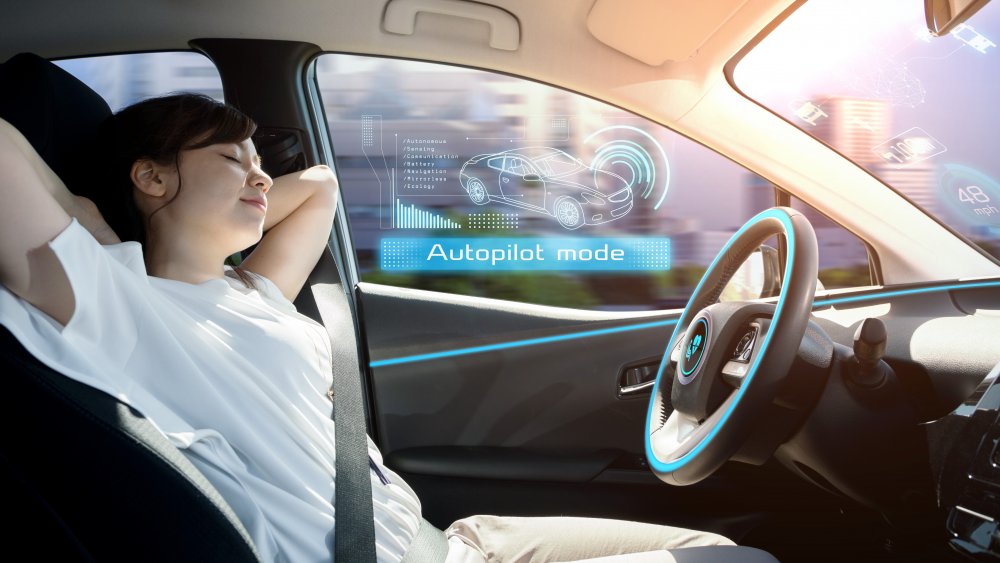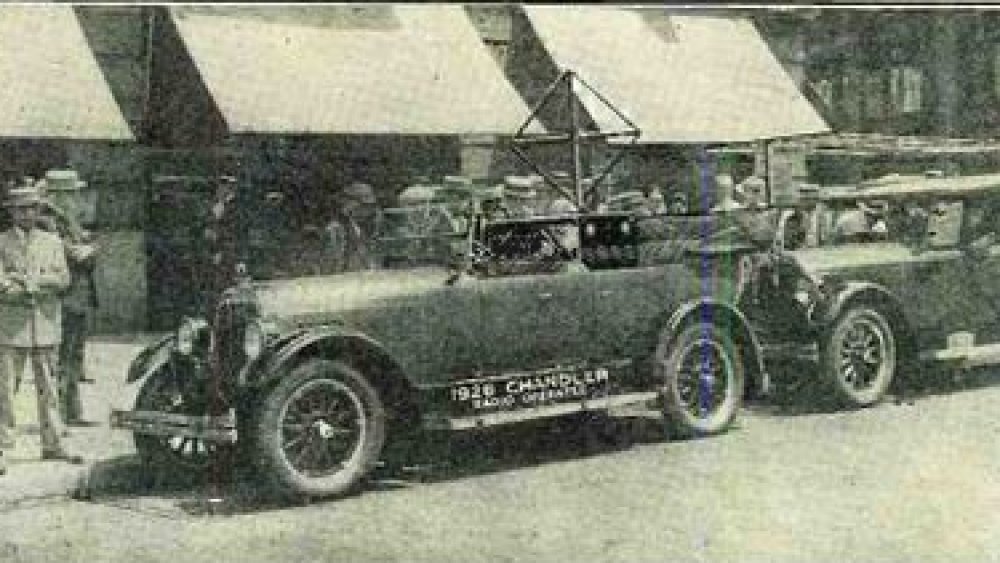This Was The Earliest Attempt At A Self-Driving Car
Self-driving cars have been on everyone's lips in recent years. Google has been developing its driverless car project for a good while now, and Tesla's robo-taxi service seems to be inching closer by the day. In fact, it has even been suggested that driving jobs might be going the way of the dodo, and won't exist in a few years. A future without human drivers seems like a massive transformation process that might shape humanity's future in a way that people can't even truly comprehend yet, so it's weird to think that it might actually be so close around the corner.
Then again, if you ask inventors and the more inspired people in the car business, this robot uprising is not exactly a new development. In fact, it turns out that people have been trying to make self-driving cars a reality for quite a long time ... in fact, possibly even longer than you can imagine.
The Houdina radio-controlled car amazed audiences and angered Harry Houdini
As Jake Rossen of Mental Floss explains, the first attempt at a self-driving car happened as early as 1925. The aspiring futurist behind the invention was electrical engineer Francis P. Houdina, who rigged a Chandler sedan with a curious radio-control system that turned it into a driverless "phantom" car, which could be operated remotely from a second vehicle driving behind it. Houdina called his invention the American Wonder, and the vehicle's system was so sophisticated that even its horn could be honked remotely.
The American Wonder experiment ended in an anticlimax, when the driverless car unfortunately swerved into another vehicle which was full of photographers. Despite this, Houdina was famous enough that the great escape artist Harry Houdini became frustrated over the way people confused them. This led to a strange incident where Houdini and his secretary broke into Houdina's office in order to pick up some mail that had gotten mixed up — and were promptly arrested for their efforts.

